Here at CORBA we have been closely monitoring trail closures and ongoing efforts to curb the spread of Covid-19. We hope that all of you are managing through these difficult times, and have been able to escape for a ride or two to maintain your mental (and physical) health.
 Something that has become clear during these difficult times is that access to outdoor recreation is an “essential service.” It is essential to the health and well-being of our communities. The closure of local trails has led to increased crowding on more distant, less popular trails, despite the general guidance to stay close to home.
Something that has become clear during these difficult times is that access to outdoor recreation is an “essential service.” It is essential to the health and well-being of our communities. The closure of local trails has led to increased crowding on more distant, less popular trails, despite the general guidance to stay close to home.
Ventura County has opened its trails during the week, but they remain closed on weekends when high-use has made social distancing impossible. This includes National Park Service and Conejo Valley trails in Ventura County.
LA County-managed trails will be open this Saturday, May 9, with new guidance and etiquette measures in place. LA County manages a network of hundreds of miles of multi-use trails, including bikeways such as the San Gabriel River bikeway. The reopening does not necessarily apply to trails in LA County that are managed by other agencies or parks departments. To see who manages any particular trail and the latest guidance, you can go to the LA County Trails web site.
The safety guidance hasn’t changed much since the onset of the shelter at home orders and first round of trail closures. An additional step the County is now recommending is that non-medical face coverings should be used by all trail users when on the trails. The LA County news release and trail reopening protocol: 2020-05-07 – LA County Trail reopening
Currently, the two orders are to reopen all LA County-managed trails and LA City-managed trails (which don’t allow bikes anyway) except for Runyon Canyon on Saturday. While this includes County Trails on Federal land (Altadena Crest Trail, Los Pinetos Trail) that will be opened, many Forest Service trails in the front country remain under a closure order until May 15.
To reiterate guidelines as recommended by the CDC and LA County health officials, it’s still recommended just to stay at home or ride near your home. If you choose to ride on trails as they reopen, here are some general guidelines from the California Mountain Biking Coalition, which are in line with CDC and LA County’s recommendations:
- Stay home if you’re sick. Period. It goes without saying, but we’re going to say it anyway – if you’re sick, or you’ve been in contact with somebody who is, you need to stay home.
- NEW: Wear a face mask. LA County is recommending the use of cloth face coverings for all trail users. There will be signage like that above, and County staff at some trailheads to help monitor compliance this weekend.
- Only ride open trails from open trailheads. Agencies are monitoring the crowds on trails, and many trails (including all Santa Monica Mountains Conservancy and California State Parks Trails in the Santa Monica Mountains, and some Forest Service trails) are still closed to all users. If we can’t maintain social distancing on trails, expect closures to be reinstated. Check with the agencies if you’re not sure.
- Maintain your distance. AT ALL TIMES maintain the safe, responsible social distance we’ve all come to know – keep 2-3 bike lengths between riders, on the trail and off the trail. Don’t fist bump, etc., rather stick to air-fives and sharing content online. Allow ample passing room for other trail users. Ride only with your housemates/family, or those with whom you already have close physical contact.
- New: Use a bell. Using a bell is good etiquette generally, and can alert other trail users to your presence before you’re in sight, helping avoid conflict. Right now, a bell also gives other trail users advance warning and time to prepare to safely pass others on the trail.
- Find a lesser-used used trailhead. People are heading out in record numbers. If you’re fortunate enough to know of more remote, lesser-used trailheads, please plan your ride so that you start there. Refrain from driving to trailheads wherever possible.
- Ride to your ride. If you are able to ride to a trailhead, do so. Keep the cars off the road, out of the gas stations, and away from congested areas. Balance this with avoiding crowded trailheads.
- Slow it down. Now is not the time to push your riding skills. The last thing you or the rest of the community wants right now is for a rider to wreck and end up in a hospital, adding more strain on our EMS system and taking up valuable resources. Plus, you’ll also be able to enjoy the benefits of being outdoors for a longer period of time if you slow your roll.
- Take care of business before heading out. Many public restrooms are closed – make every effort to make sure nature doesn’t call while out on the trail.
- No snot rockets. We get it, and usually we accept it – but if you need to blow your nose, use a hanky. If you do need to sneeze, do it into your elbow.
- No sharing. Now is not the time to share gear, food, drinks, or tools. Sorry. If you have a mechanical issue, sanitize tools and gear before sharing and again before taking it back.
- Protect yourself. Bring a small “to go” packet of hand wipes, disinfectant spray, and maybe even some soap to use with your own water. Hopefully you won’t need this, but just in case you do it’s better to have it than not.
With all this in mind, think before you ride, keep it local, and don’t put yourself or others at risk. We’re far from a post-Covid-19 world, and your best defense is to presume anyone you encounter might be a infectious. All of this will pass, and we’ll be planning group rides and trailwork events again soon.


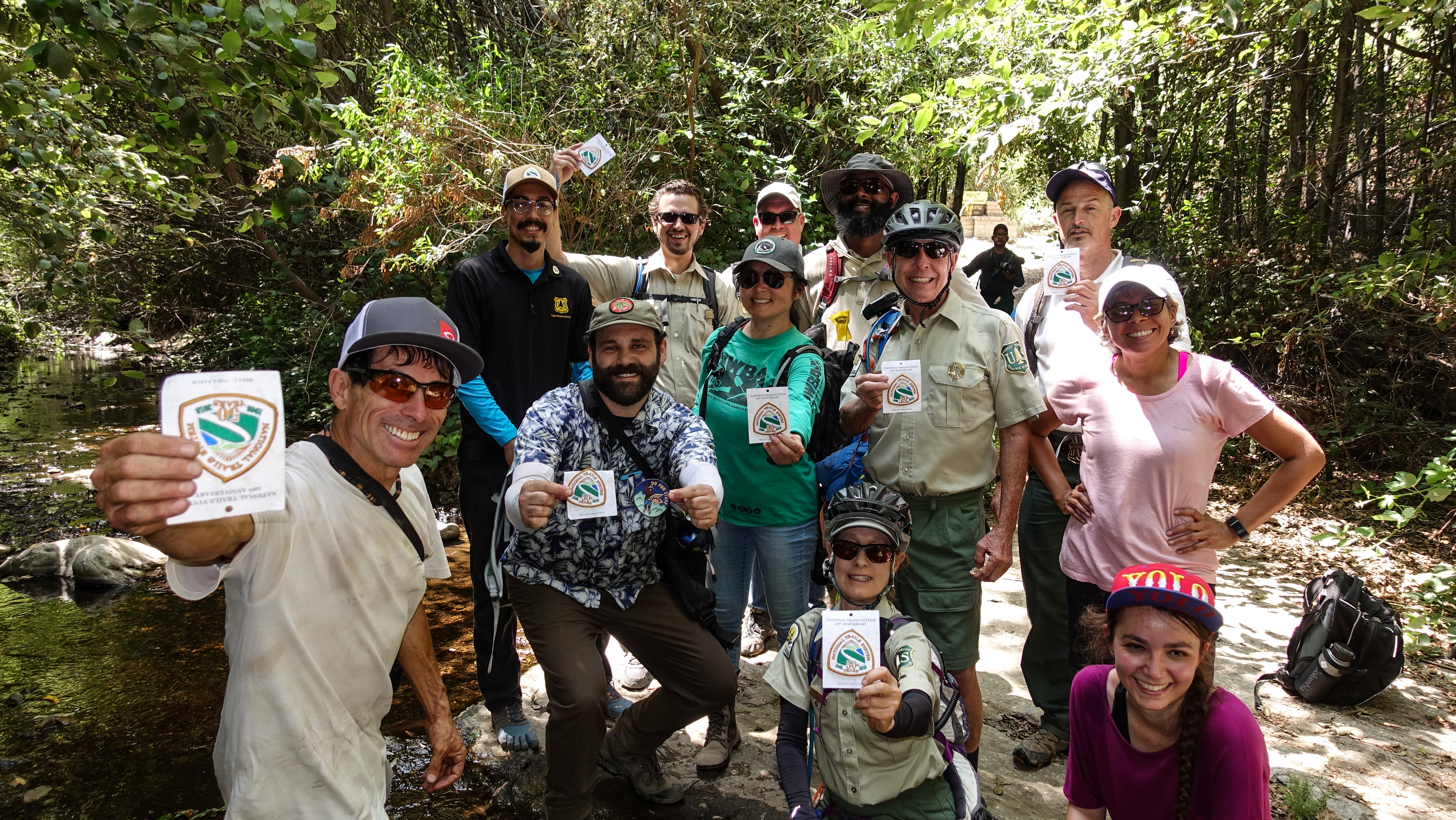
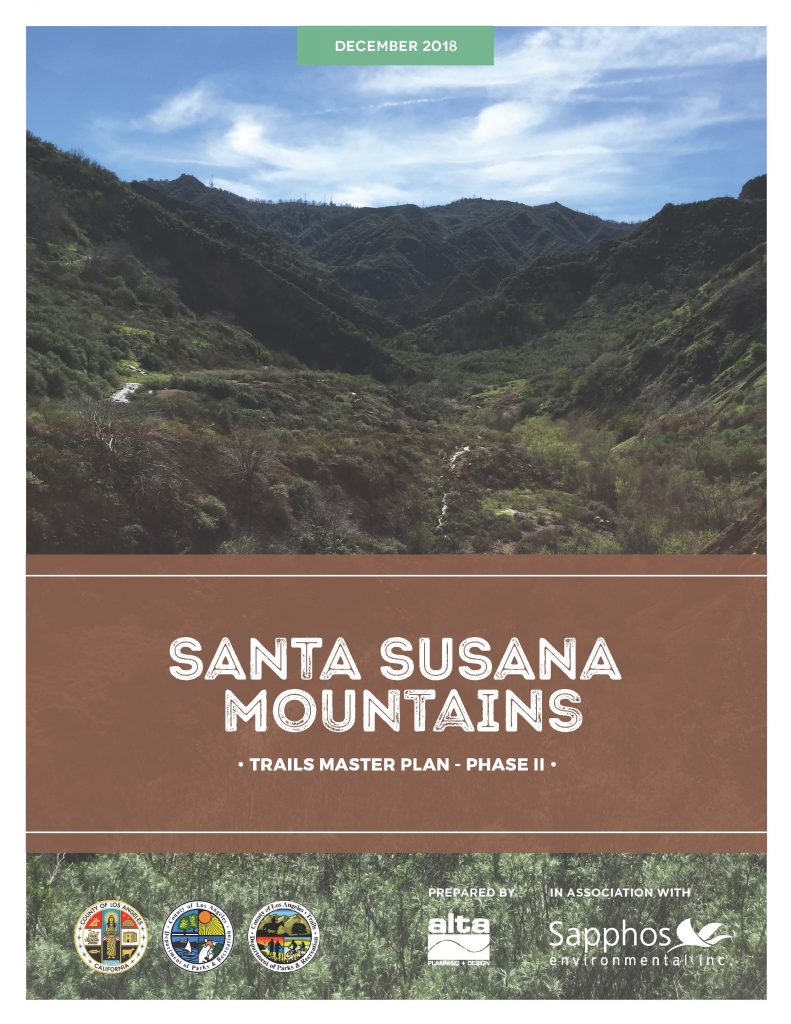
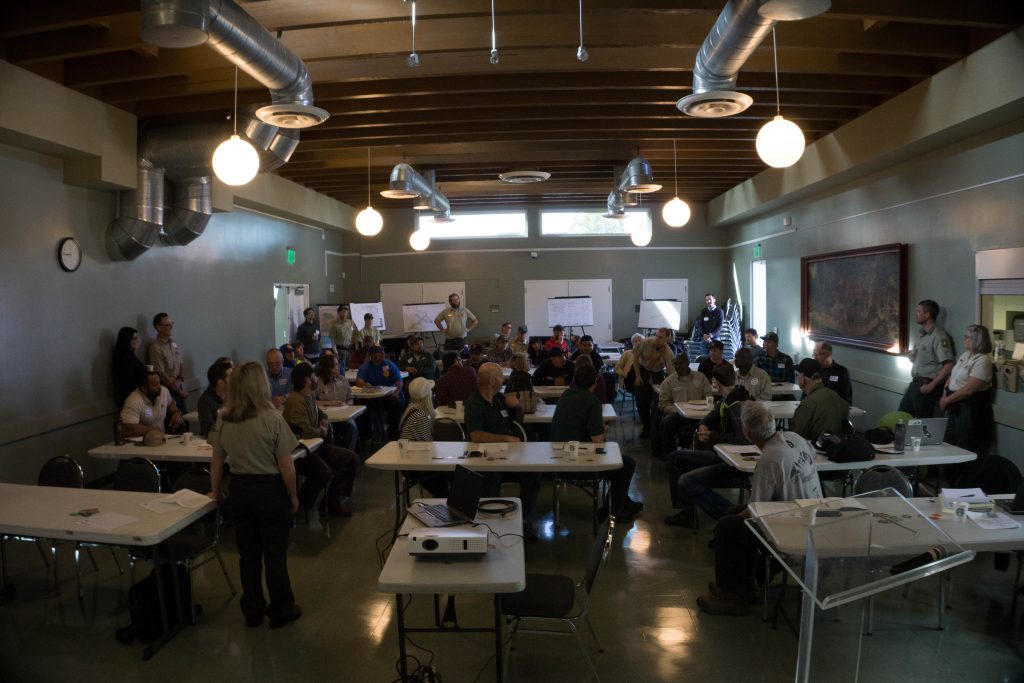
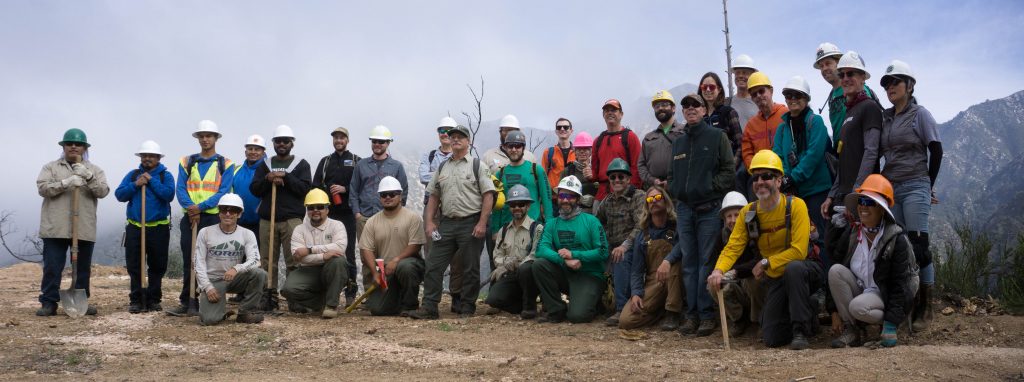


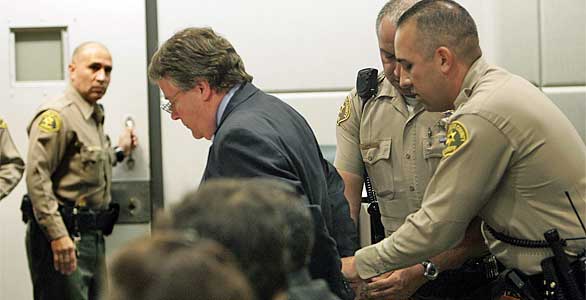
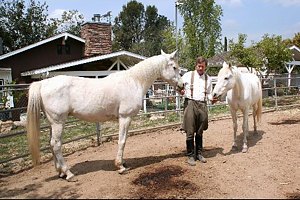
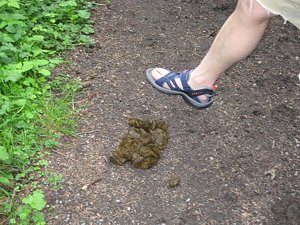 “The prices for boarding a horse are crazy,” said Rachel Rosenberg, 24, an aspiring actress who keeps her mustang, Indie, at
“The prices for boarding a horse are crazy,” said Rachel Rosenberg, 24, an aspiring actress who keeps her mustang, Indie, at 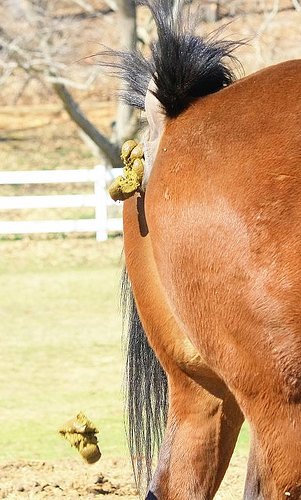 Registration Drives
Registration Drives
